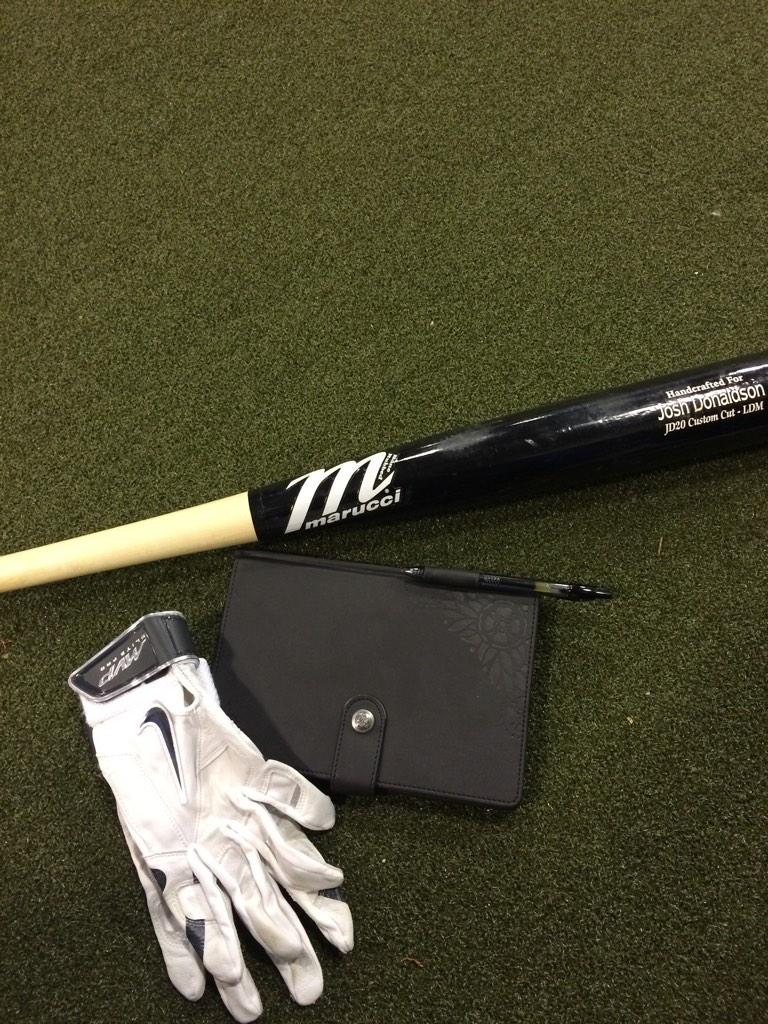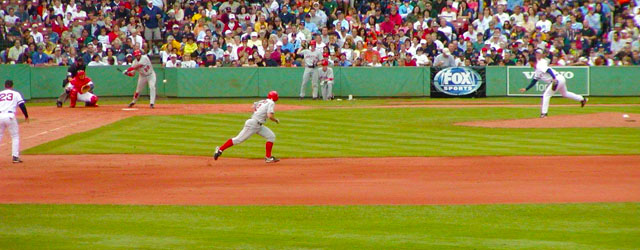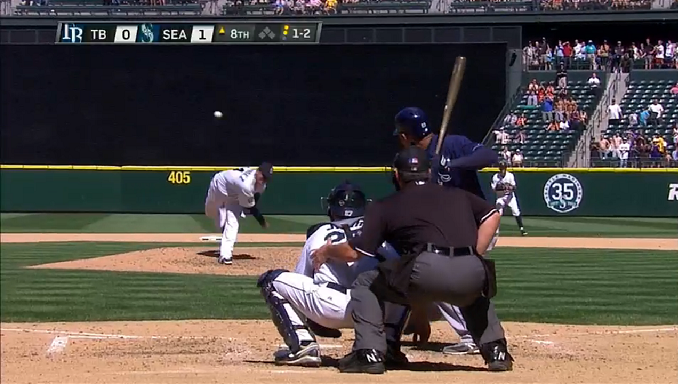There are so many mis-teaches in hitting, and coaching players to hit predominantly ground balls is one of them. This is micro-management at its worst. Teaching players to simply make sure they put the ball in play exhibits a lack of trust in their ability, or in our ability to understand hitting and teach it the proper way. Nor should we ONLY practice hitting flyballs. And it isn't ok to strike out a billion times.
Let's get this straight.
College baseball statistical programs log all extra base hits as line drives. In programs like Statcrew and Dakstats, fly balls are outs. All hits are categorized in college as only line drives or ground balls. This is absolutely asinine. This epitomizes much of the statistical confusion at lower levels.
MLB gets it right. Their stat programs note that HRs can be both fly balls and line drives. MLBs excellence in statistical analysis, data and measurement are second to none. MLB has a financial capacity to have highly sensitive visual analysis by computers as well as real, live human beings track every pitch and evaluate each contact.
Every ball hit comes off the bat at a different angle. At Lee University, we call these angles "ball flights," and we grade and value each ball flight separately, giving our hitters great perspective on what they hit, and what we want them to hit.
We encourage our hitters to hit 5's, 6's, and 7's. When you hit a barrel in practice, we track it as a 567. To hit a ball at these ball flights requires certain approaches, timing and contact points to be made.
A "1" flight is a ball hit sharply into the ground, first bouncing near home plate. A "9" is the equal, but opposite angle, hit straight up into the air.
A "4" flight is a hard contact that bounces in the back infield dirt. A "5" is perfectly squared up and cuts straight through the air. A "6" has backspin and "extra-base energy" (lots of doubles and triples here). Most HR's are "7" flight, though our strongest players can crush an "8" flight and have it sail out of the yard. 567's win. They require aggressiveness in approach and swing.
Our weaker hitters, who have exit velocities typically between 80 and 90, have ball flight identities of 456. They can crush a "7" and not have the same success. Sitting there hitting "7" flights all day is a bad idea when you don't possess the bat speed or strength to create distance on the baseball.
Truly, the line in assessing the difference between a line drive and fly ball is blurred, and subjective. We consider a "7" flight to be a fly ball, but to be the type of fly ball that our strongest hitters want to hit. A "6" flight is the line between a high-line drive and a low-fly ball, but let's call it what it is. Even a "4" flight is hitting the ball in the air!
Here's where coaches get hitters jacked up: when you take the improperly sorted college flyball/groundball ratio data and impart those batting averages and out percentages onto your hitters, you communicate to your hitters that hitting ground balls is beneficial to them personally, and to the team. "Ground balls good. Fly balls bad."
As you can see from the table below, the batting average (approximately the 14th most important hitting statistic) on GBs is higher than that on FBs in the big leagues since 2002, but the ISO power (SLG% - AVG: a terrific sabermetric for evaluating a hitter's juice) is SIGNIFICANTLY greater on FBs than GBs.
| Type | AVG | ISO | wOBA |
|---|---|---|---|
| GB | .239 | .020 | .220 |
| LD | .685 | .190 | .684 |
| FB | .207 | .378 | .335 |
Our final misstep in the coaching puzzle is the type of linear hand path/lacking separation/pushing the barrel forward to ensure we make contact swing that coaches dis-empower their hitters with.
Hit the ball on the ground is a misnomer. I don't care if you run a 6.5 60. Hitting 456s or 567's will result in having an ability to drive in runners from first, create a higher slugging percentage, higher OPS, more runs created, and make a greater impact on the game.
For more statistical data on LDs, GBs, FBs, go here.
We chart hitters on-field batting practices to ensure they have accountability and visual reference for what types of balls they are hitting on a consistent basis. We have a goal for each hitter to hit 40% of their batted balls within their identity (either 456 or 567).
At times, we demand our hitters make in-game adjustments. Windy day? Let's focus on 456's. Hitting is all about adjustment making, as is coaching.
Teaching our hitters that hitting the right type of balls in the air is advantageous is an adjustment that many programs can make.











